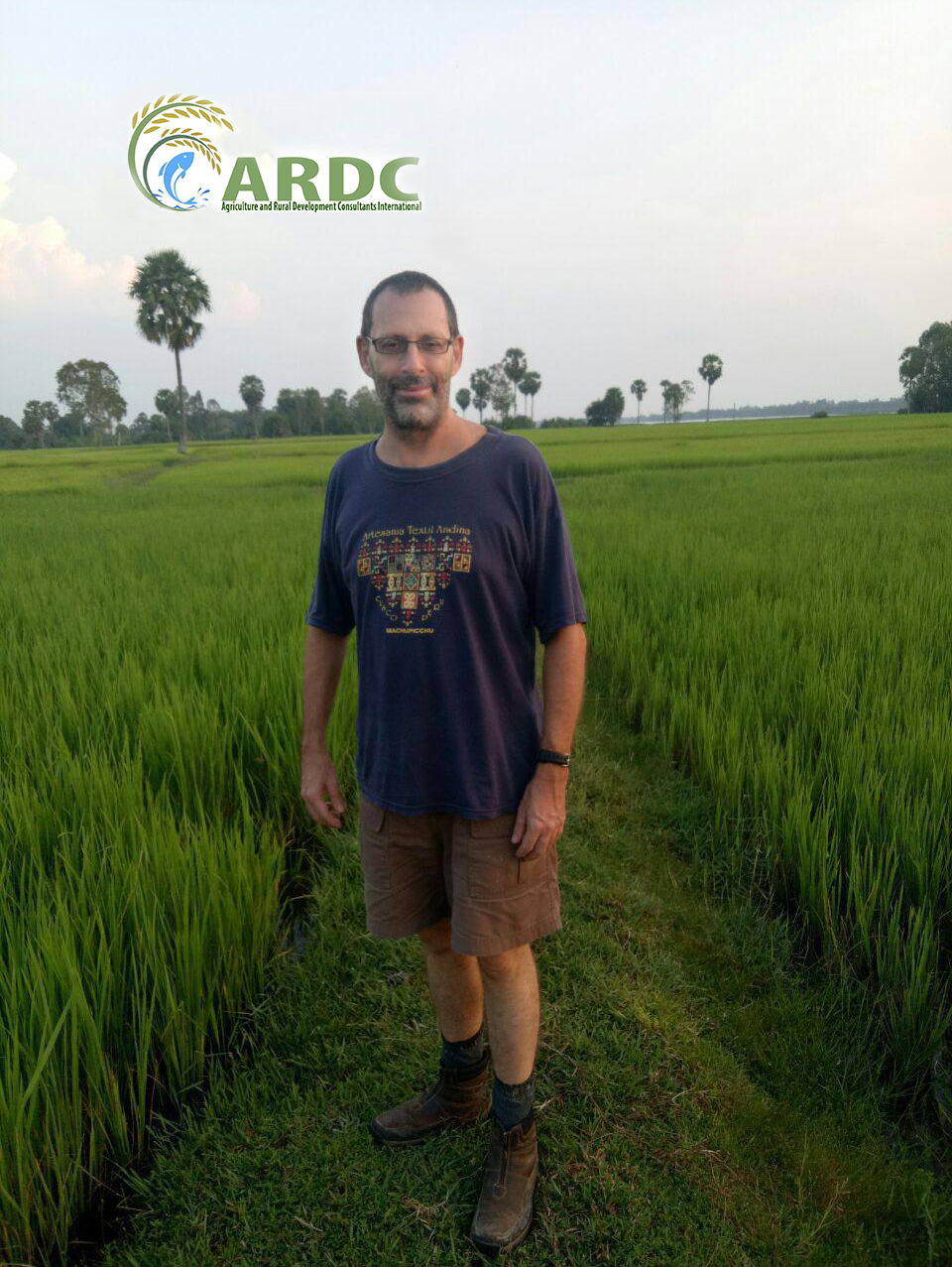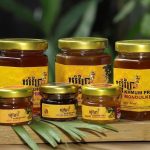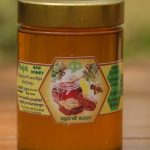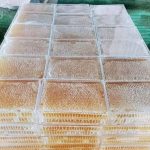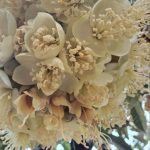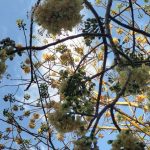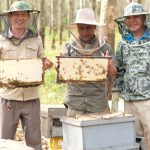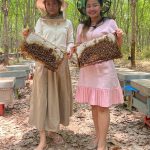Wild Honey
Wild honey, harvested from natural environments, offers unique benefits due to its diverse floral sources and pristine conditions. With an annual harvest of approximately 50,000 kilograms, wild honey is renowned for its rich flavor profiles and therapeutic properties derived from untouched ecosystems. It is valued for its purity and the health benefits associated with its raw, unprocessed state.
Cultivated Honey
Cultivated honey, produced through controlled beekeeping practices, yields around 60,000 kilograms annually. Cultivated honey is widely used in food production and enjoys popularity due to its reliable supply and standardized quality. Cultivated honey derived from longan, kapok, rubber, and mixed plants offers a diverse array of flavors and beneficial properties. Longan honey is celebrated for its floral sweetness and is often prized for its high antioxidant content. Kapok honey, sourced from the vibrant blossoms of the kapok tree, is noted for its light color and mild taste, making it a versatile choice in culinary applications. Rubber tree honey is distinctive with a robust flavor profile that can vary depending on the local flora surrounding the plantations. Mixed plant honey blends various floral nectars, creating a harmonious balance of flavors and nutritional benefits. These cultivated honeys not only reflect the unique botanical environments in which they are produced but also provide consumers with a wide range of options to suit different tastes and preferences.
Honeycomb
Honeycomb harvested from kapok and rubber trees is a prized product known for its natural purity and distinct flavor profiles. With an annual production capacity of 50,000 kilograms, beekeepers carefully cultivate honeycomb, packaging it in convenient half-kilogram boxes. Kapok honeycomb boasts a delicate sweetness derived from the tree’s blossoms, while rubber tree honeycomb offers a robust flavor influenced by the surrounding flora. Both varieties of honeycomb are cherished for their artisanal quality and nutritional benefits, making them popular choices for consumers seeking wholesome, natural products straight from the hive.
Importers’ requirement
Both wild honey and cultivated honey are classified under HS Codes 04090000 and 0400900 in Chapter 4 of the tariff codes, is favored for its consistency and can be tailored to meet specific flavor and texture requirements.
For importers interested in purchasing either wild or cultivated honey, quotations can be provided upon specifying the product name, detailed specifications (such as floral sources and processing methods), preferred packaging terms, quantity required, shipping terms (including logistics from Cambodia to specified ports), specific destination ports, and agreed-upon payment terms. This ensures a transparent and efficient transaction process, facilitating international trade under clear contractual terms.
Links related to laws and regulations
